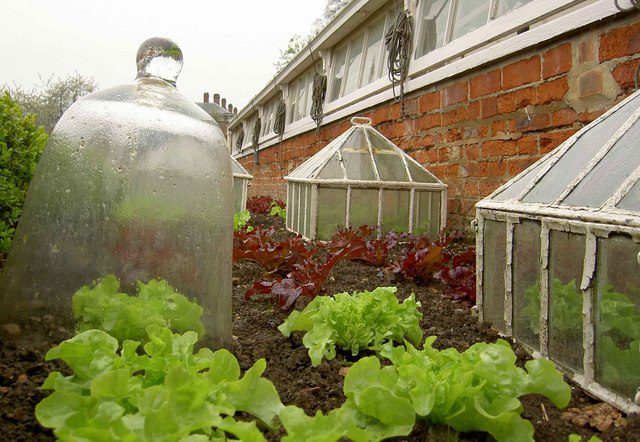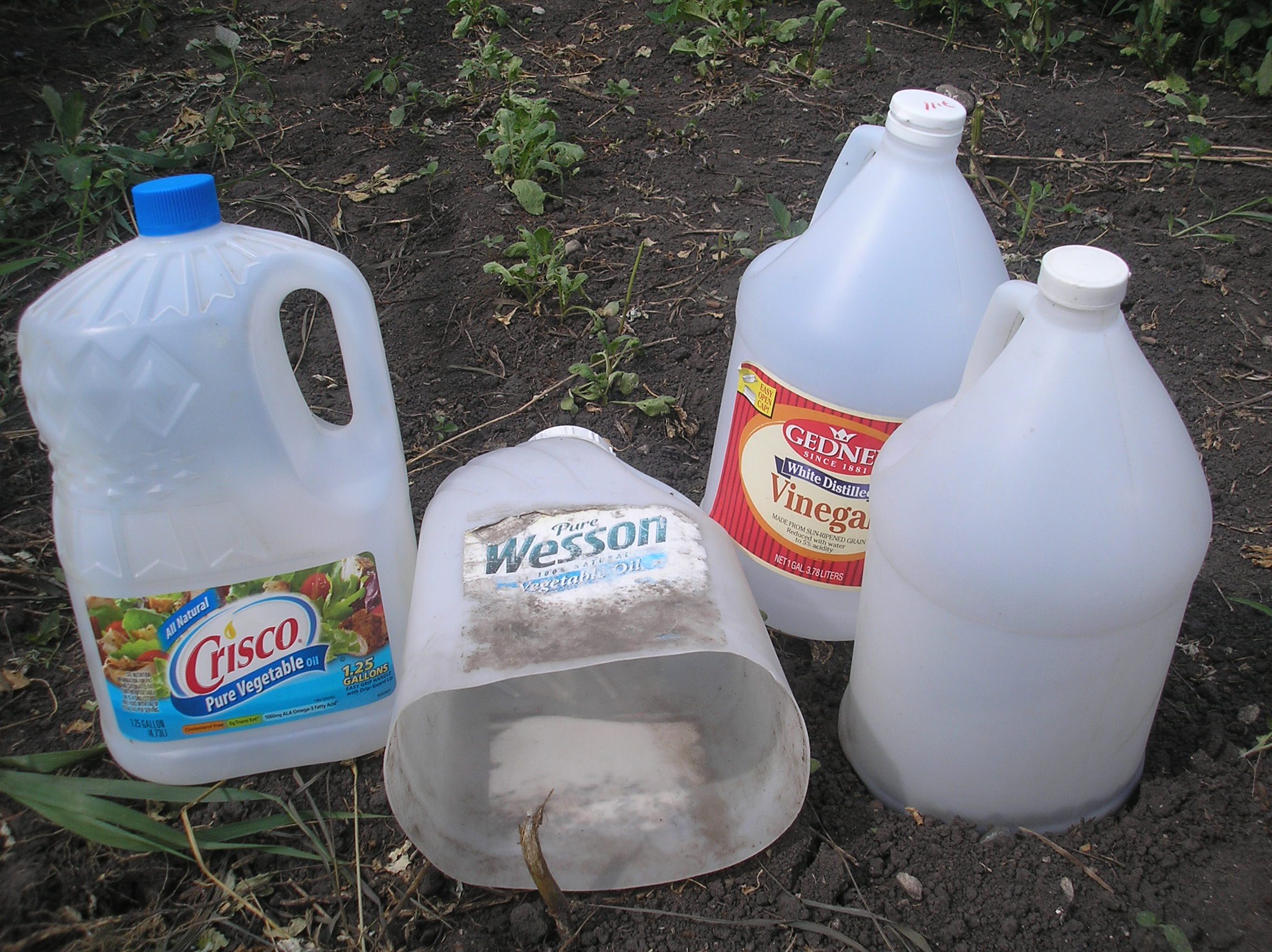

Many of our favorite garden vegetables are cold-sensitive: tomatoes, peppers, basil, and vining plants like cucumber, squash and melons are all easily damaged by anything approaching the low-30s.
According to weather maps, for most of us in North Dakota the average last frost date is in mid-May. But remember that's the average. It is not unusual to see frost as late as the first week or two of June. However, looking at the 10-day forecast, it looks like very little chance of frost in the next two weeks.
So that means that it's safe now to start planting cold-sensitive plants, right? Well... not really. While tomatoes can survive temperatures as low as 33°, nighttime temperatures below 50° will slow growth and if the plants are mature, will stop blossom production. If there is any fruit forming, temperatures below 55° will cause what's know as “cat face scarring.” Fruit with cat face is deformed but still edible.
So, when it comes to cold-sensitive plants, it's not enough to keep them from freezing. You actually want warm overnight temperatures to encourage healthy growth and production. But it may be weeks before we see nighttime temperatures consistently in the 50s. So unless you want to wait until late June to plant tomatoes, we need to talk about cloches.
What is a cloche?
In the 19th century, gardeners started protecting their cold-sensitive plants with a glass bell-shaped dome called a cloche. Cloche is a French word that means bell, but to today's gardener, a cloche is any sort of cover that will protect plants from the cold.
The simplest and cheapest version of a cloche is a plastic jug, with the bottom cut off and placed over tomato or pepper plants. You might already have seen people do this with milk cartons. I prefer vinegar and vegetable oil jugs to milk cartons. They are sturdier, and I can reuse them next year. It's practically free (you were going to throw out that plastic jug anyway, weren't you?) and it works like a charm. It can increase soil temperature an impressive 10°. This lets you start planting a full 10-14 days earlier than if you had no protection.

There are other cloche-type protections: A glass bowl or one-gallon glass jug turned upside down over the plant will also work. Garden catalogs have clear pop-up cloches. Some look sort of like an umbrella with no handle, others are like a pop-up laundry basket but with clear plastic.
It's a little more complicated, but you can create a small green house or “a hoop house” by bending PVC pipe into an arch and securing it in the soil. I use a 2' section of 1/2” rebar and push it 12-18” below the ground. Then I slip the PVC pipe over the exposed rebar, and it stays secure. Then cover the hoops with clear plastic to create a small greenhouse-type cover.
The Wall-o-Water
My favorite protection for cold sensitive plants is the Wall-o-Water. The Wall-o-Water is pure genius: it is a 18-24” circle of plastic tubes that you put around each plant that you want to protect. Then, fill each tube with water. The water makes the plastic circle stand up straight so it doesn't touch the plant. Water is an excellent thermal reservoir. That means that during the day, heat from the sun warms the water so that both the soil and air temperature stay steady throughout the coldest nights. It will keep tomatoes and peppers from freezing even if temperatures dip into the teens. The Wall-o-Water gives these cold-sensitive plants a good 3-4 week head start in the garden.
When they first came out there was only one company that made Wall-o-Water, but now there are several versions of this water-filled protection. My favorite version is the Guardian. I have a link below comparing the different versions and why I think the Guardian is the best.
Now any version of a cloche can be too much of a good thing. If we're having particularly warm and sunny days, it is possible for the cloche to overheat and damage plants. So be aware of how warm it's getting inside the cloche. If using plastic jugs, remove the cap to ventilate or remove the cloche completely if it's a warm, sunny day. Be sure to replace it in late afternoon, when there's still enough sun to warm the air inside the cloche and protect the plants overnight.
Once the plants have outgrown their protection or the overnight temperatures are consistently above 55° (whichever comes first) remove the protection. You may find that, after being sheltered from the wind for weeks, the plant stems are not very sturdy. Either stake the plants or immediately put a tomato cage around the plant.
If you remove the cloche before temperatures are consistently about 55°, you will want to pinch off any blossoms that form. You might not want to remove these blossoms, you're so anxious to get your first tomato of the season. But trust me: this will increase fruit yield in the long term and ensure that the forming fruit is not damaged by cold temperatures.
In my world, tomatoes are the biggest reason to garden, followed closely by peppers and cucumbers. So I find it worthwhile to add a little protection at the beginning of the season to ensure an abundant harvest at the end of the season.

Comparison of the different version of Wall-o-Water: https://www.providenthomecompanion.com/the-best-tomato-protection-ever/
Find your average frost dates: https://www.almanac.com/gardening/frostdates